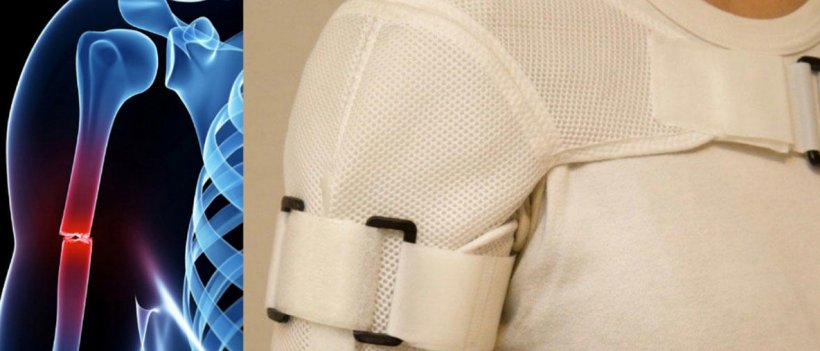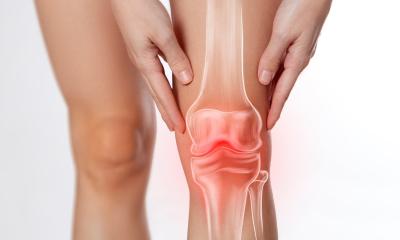
Source: Mostphotos, Lasse Rämo
News • Fractures of the humeral shaft
Surgical patients recover faster
A finnish study compared functional bracing, the non-operative treatment of humeral shaft fractures, with surgical treatment of similar fractures in adult patients. In the study, patient recovery was monitored for a year. Six weeks and three months after treatment, surgically treated patients fared better than those treated with bracing. After this, the differences evened out.
On average, the forms of therapy resulted in equally good outcomes one year after the injuries were sustained. However, problems were observed fairly often in the recovery of the patients treated with functional bracing. A total of 30% of them had to be operated on within the first year, with failure of fracture union as the principal cause.
In the patients who were operated on at a later date, the outcome was poorer after one year compared to those who were operated on right at the beginning or the 70% of the patients treated with bracing whose fracture healed without any problems.
No serious complications requiring repeat operations were observed in the patients in the surgical group. Four patients experienced transient radial nerve palsy in conjunction with surgery.
“The findings provide useful information to doctors treating humeral shaft fractures, as they explain to patients the expected outcomes of different treatment forms as well as their associated risks,” says Lasse Rämö, principal investigator of the trial and specialist in traumatology, who is writing his doctoral dissertation at the University of Helsinki.
Surgical treatment is becoming increasingly common
Fractures of the humeral shaft constitute roughly 1–3% of all fractures in adults. Traditionally, most of them have been treated with an external orthosis supporting the upper arm. In recent decades, fractures have increasingly been treated surgically, even though no high-quality scientific evidence on surgical therapy has been available.
The randomised controlled trial was carried out at the Töölö Hospital of the Helsinki University Hospital and at the Tampere University Hospital. Several members of the Finnish Centre for Evidence-Based Orthopaedics (FICEBO) research group from the University of Helsinki contributed to the trial.
FICEBO is an internationally renowned research group that has produced a number of important publications in the field of orthopaedics.
Next, the researchers are going to investigate the significance of delays in surgery to patient recovery in a two-year follow-up.
Source: University of Helsinki
16.05.2020











